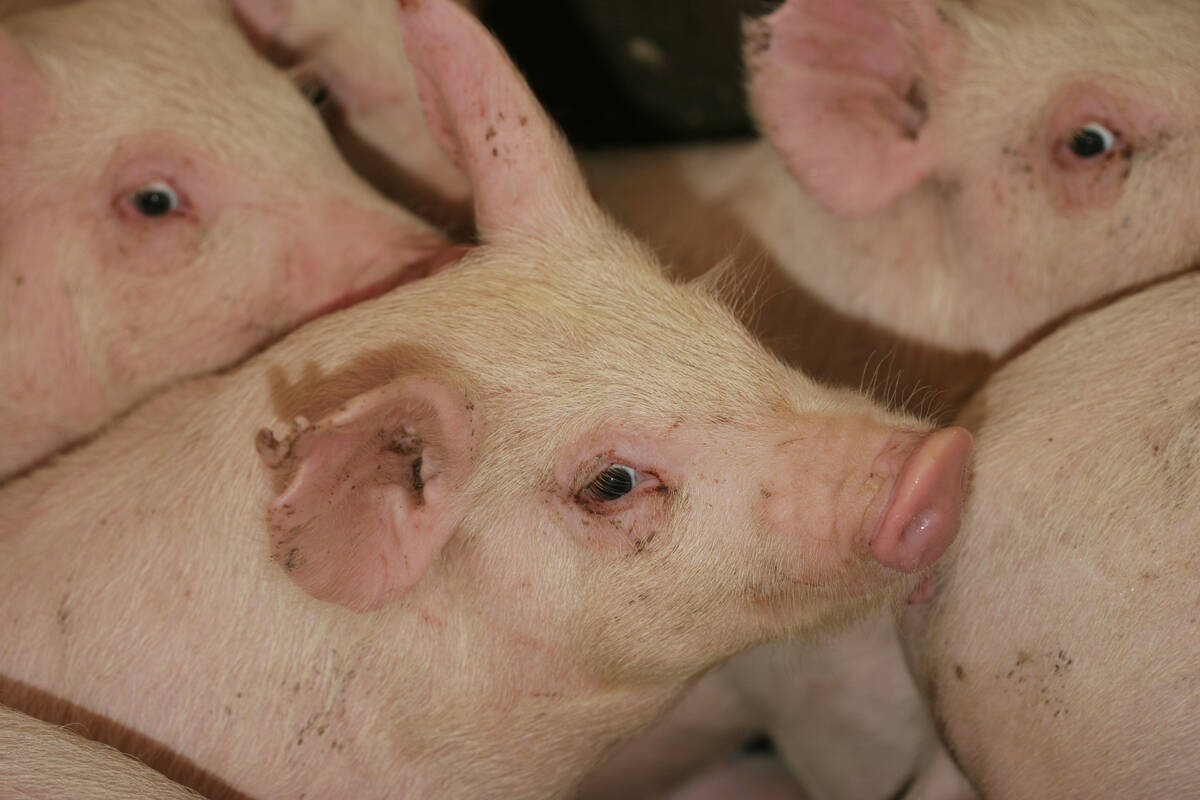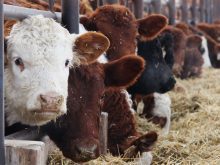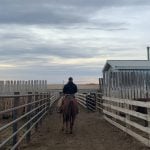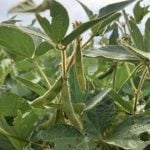New Alberta livestock legislation comes into effect Jan. 1.
One law deals with livestock identification and the other with animal health.
Adrienne Waller, counsel for Alberta Beef Producers, said the Livestock Identification and Commerce Act received royal assent in 2006 and is a consolidation of the Brand Act, Livestock Identification and Commerce Act and Livestock Products Act.
“This was a very collaborative effort between all the livestock organizations to put together this legislation,” Waller said.
Few changes were made to the brands legislation, but it does include increased inspection fees and changes in required paperwork. Written bills of sale are required, and manifests now include a mandatory disclosure of security in which sellers must disclose if there is a lien against cattle so lenders can be paid first. It also protects the buyer against a conversion lawsuit.
Read Also

The Western Producer Livestock Report – September 25, 2025
The U.S. national live price average for barrows and gilts was $81.21 Sept. 17. It was $78.37 Sept. 9. U.S. hogs averaged $106.71 on a carcass basis Sept. 17, up from $106.10 Sept. 9.
“It brings the cattle industry in line with all other commercial transactions where it is a requirement for all other commercial bills of sale,” she said.
“If you have physical possession of the cattle you must pay the seller within 48 hours.”
Lifetime manifests are available to move show or rodeo stock. Horses travelling in Alberta no longer require a manifest, but a permit is needed if they leave the province. Pedigreed cattle can move out of the province with a livestock permit.
New manifest forms are being printed but old forms can be used up as the law comes into effect.
Livestock dealers must be licenced and are advised to renew licences before the new legislation comes into effect.
While the Animal Health Act comes into effect Jan. 1, Jodi Hesse of Alberta Pork said regulations are still being written. Nine sets of regulations will be attached to the act, which covers reportable and notifiable diseases.
Reportable diseases must be reported to the provincial veterinary office within 24 hours and action must be taken for specific diseases. A notifiable disease has to be reported but no action may be needed.
Examples of reportable diseases include foot-and-mouth, classical swine fever, transmissible gastroenteritis or a disease caused by a toxic substance that puts food or public health at risk.
Another regulation addresses premises identification, which for most farms means the home quarter and covers any place where livestock or poultry are kept.
The list includes waterfowl, poultry, alpacas, llamas, hogs, cattle, horses, fish, rabbits raised for meat, yaks, mules, donkeys and domestic pigeons.
The province wants to know maximum livestock capacity on a farm so that veterinarians can be better prepared to handle a serious disease outbreak.
Another regulation covers traceability, livestock identification and birth date registration for cattle. Sheep and bison will follow.
Pork must be traceable by 2010, but specific rules have not yet been written.
Other regulations deal with destruction and disposal of dead animals, animal medicine and livestock market licensing.
Biosecurity rules and compensation guidelines are also being written to cover the cost of destroyed animals.















